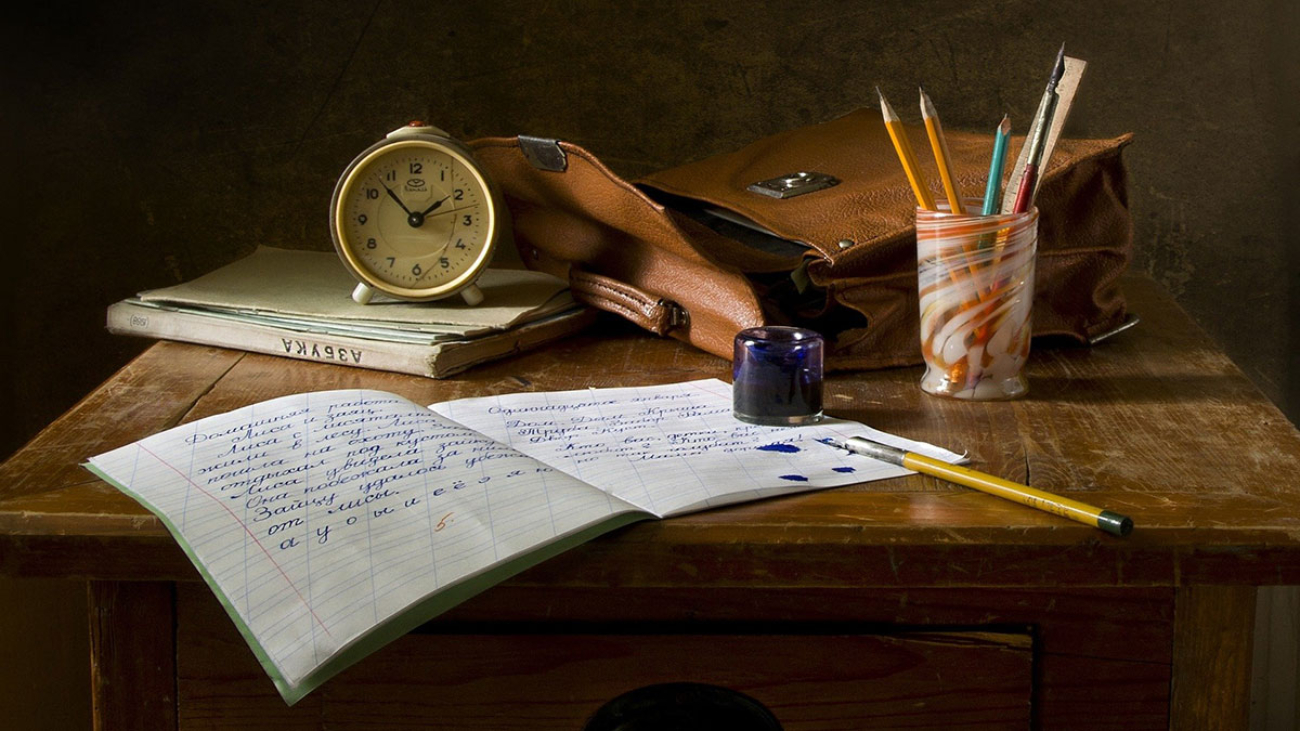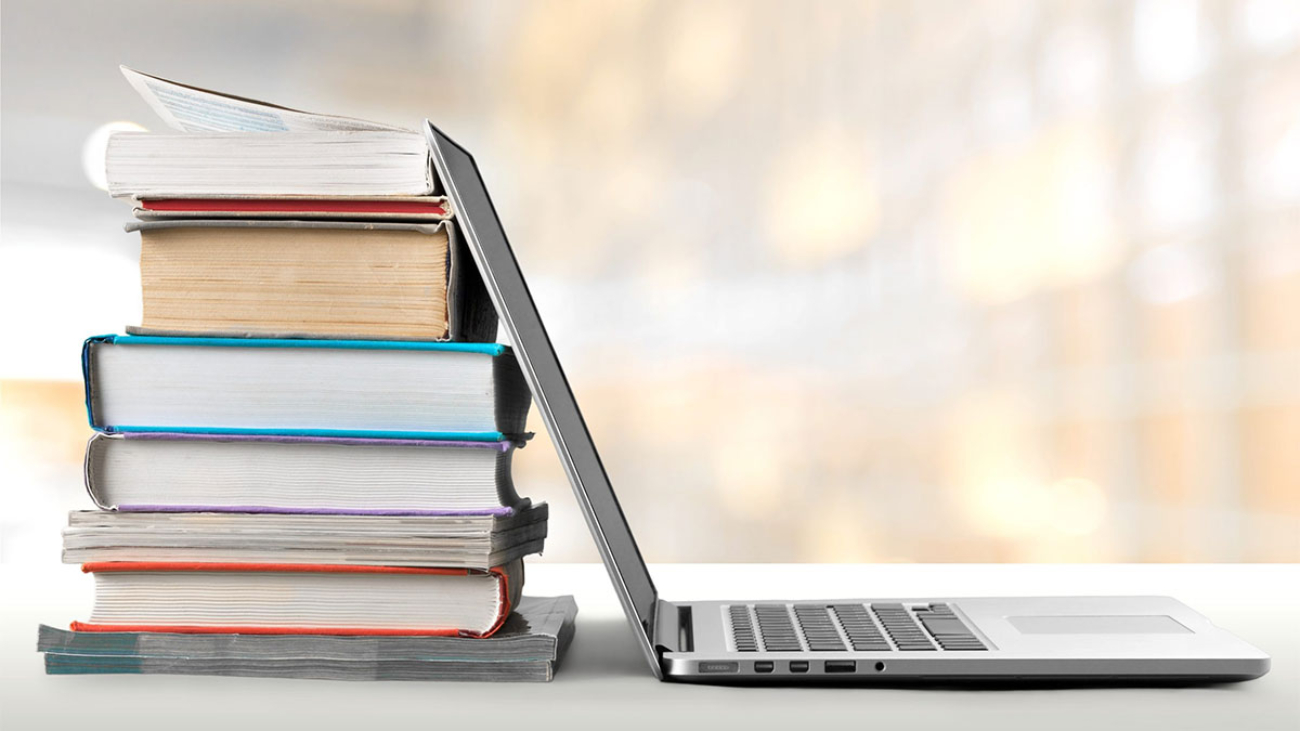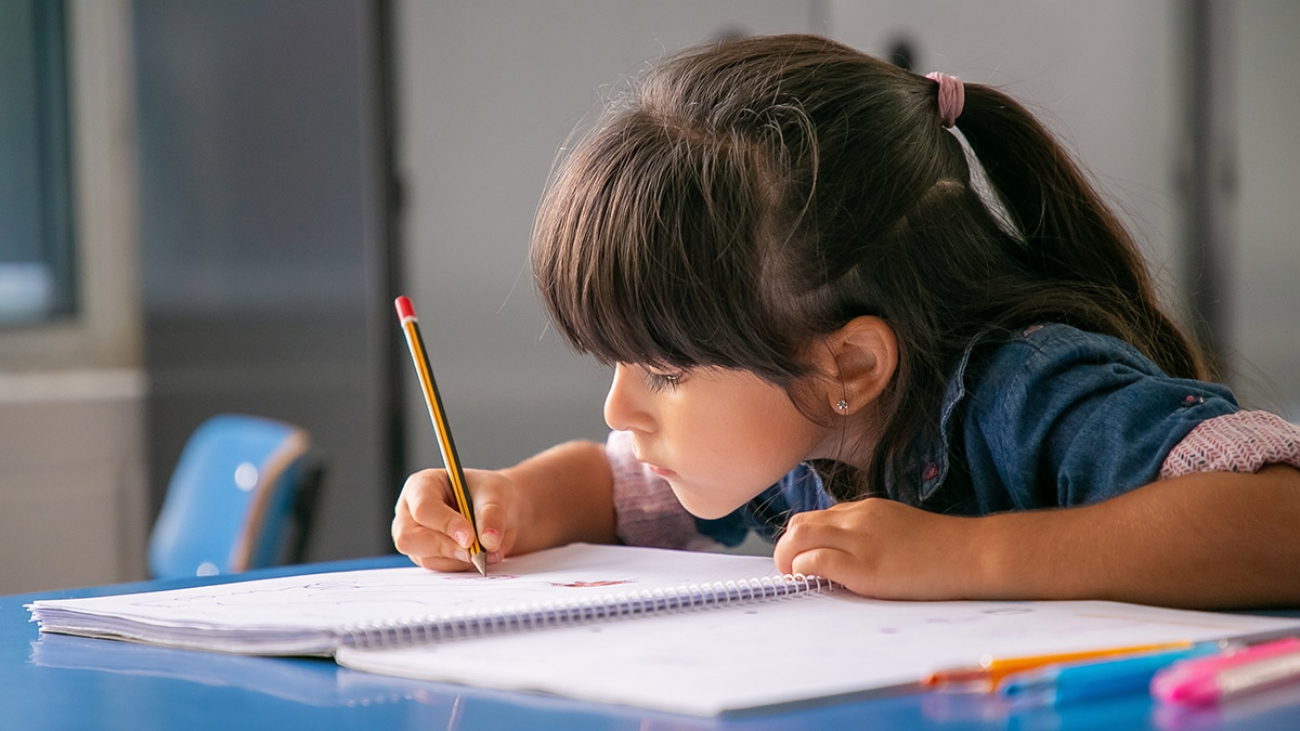The Miracle of ET Healing: Healing for Body and Mind
In the world of alternative medicine and spiritual wellness, more and more attention is being paid to extraterrestrial healing, also known as ET healing. This interesting approach to healing goes beyond traditional methods and opens the door to the possibility of healing from the universe itself. Let's dive into the meaning, practice and potential benefits of ET healing.
What is ET Healing?
ET healing refers to healing methods attributed to extraterrestrial beings or entities. People who like ET healing believe that extraterrestrial civilizations can play a role in improving the physical, emotional and spiritual health of individuals on Earth. Proponents, including myself, believe that aliens use advanced technologies and energetic methods to promote healing.
Practice of ET Healing
There are several ways in which ET healing can occur, and these vary depending on the beliefs and practices of the individuals working with extraterrestrials, while others believe that they can communicate with extraterrestrial energies through meditation and intention. There are also people who believe they feel they are being guided by alien entities during healing sessions. I have had such an experience myself and I must say that it was very special!
A common form of ET healing is the transmission of energetic frequencies or light codes to bring the body into balance. This can be done through laying on of hands, visualization or even remotely. Proponents of ET healing believe that these energies have a profound impact on the cellular structure and overall health of the individual. As an expert I can say that it even works remotely, at least it did for me.
The Benefits of ET Healing
Many people who have experienced it themselves, as a healer or as a client, are convinced that there are many benefits to be gained from: Physical Healing: When you undergo an ET healing you will often notice things such as relief of pain, acceleration of healing processes and strengthening of the immune system.Emotional Balance: It is said that ET healing can help release emotional blocks, traumas and negative emotions. This can lead to an improved sense of well-being and emotional balance.
Spiritual Growth: Many practitioners emphasize ET healing. It can help individuals experience a deeper connection with themselves and the universe and experience spiritual growth within themselves.
Energetic Cleansing: ET healing is often associated with clearing energetic blockages and restoring the natural flow of life energy in the body.
Criticism and Skepticism
Although ET healing has many devoted followers today, there are still plenty of skeptics, I know from experience because when you say it, most people are very surprised. Critics point to the lack of scientific evidence and question the authenticity of the experiences reported. It is therefore important to keep a balanced approach and be open to different perspectives, both for those who believe in it and those who cannot imagine it.
Conclusion
ET healing remains an intriguing topic in the world of alternative medicine and spiritual growth. Whether you are a fervent believer or super skeptical of these special healings, it is fair for everyone to keep an open mind and explore the various healing methods available to those seeking wellness on all levels. Especially if you have long had misdiagnoses or just a lot of unexplained pain, the search for healing can ultimately take many forms, and ET healing offers a unique and fascinating angle for those who are willing to look beyond the boundaries of the known. For more fun, original ideas about how to deal with SOLK, Fibromyalgia, or sadness and of course the associated sleep problems... order 'Sleep well' via info@maartjejanssen.com of www.boekenbestellen.com








